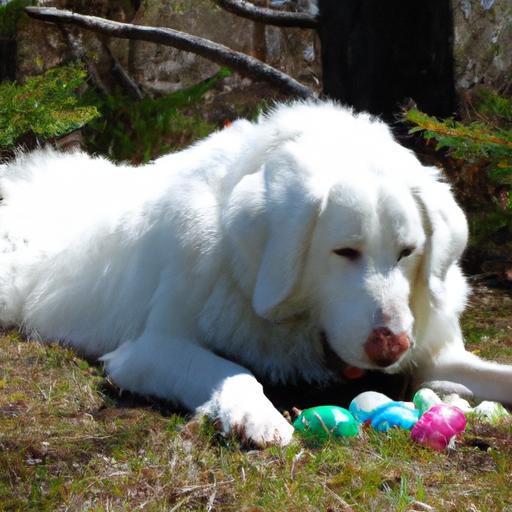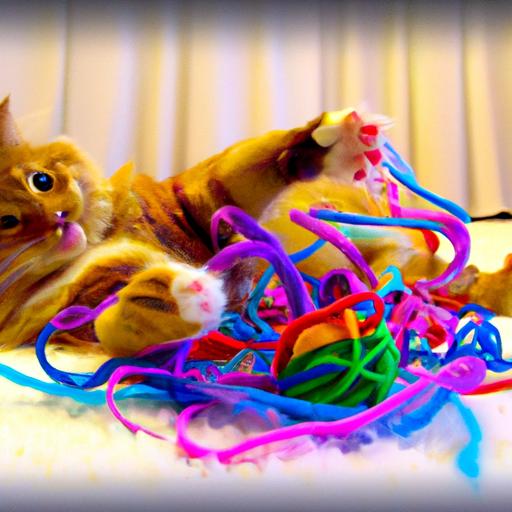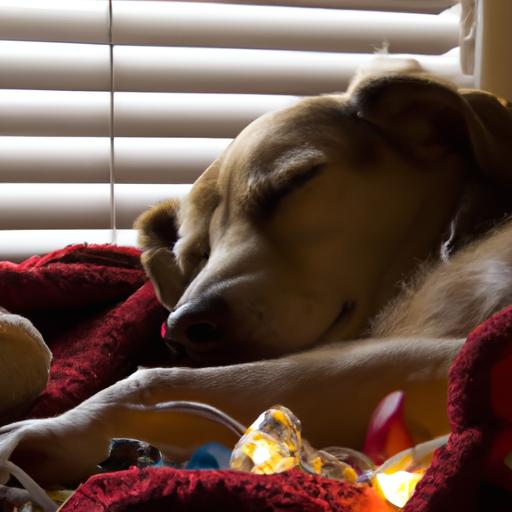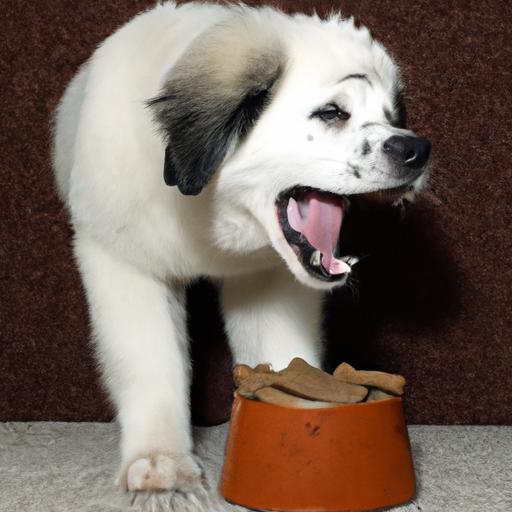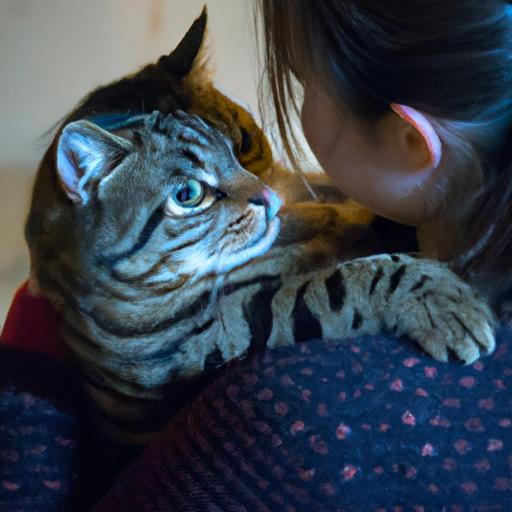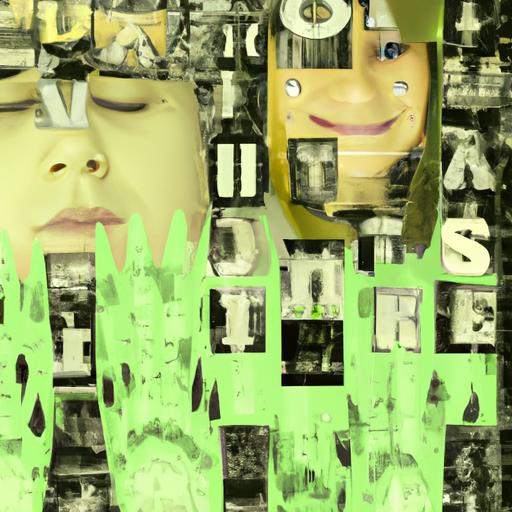
Understanding Cat Paw Massage Behavior
Gain insights into the fascinating world of cat paw massage behavior. Understand the reasons, types, and FAQs surrounding this adorable feline behavior.
Have you ever wondered why your cat kneads and massages your lap or blankets with their paws? This intriguing behavior, known as cat paw massage behavior, holds various meanings and serves multiple purposes in a feline’s life. In this article, we will delve into the fascinating world of cat paw massage behavior, exploring its significance, types, and the questions frequently asked by cat owners. So, let’s dive in and gain a deeper understanding of this adorable behavior that our feline companions exhibit.
Introduction
Cats are known for their mysterious and quirky behaviors, and one of the most endearing ones is their paw massage behavior. This behavior, often seen as a rhythmic kneading motion with their front paws, can be both fascinating and amusing to witness. While it may seem like a simple act of your cat massaging your lap or a soft blanket, there is much more to it than meets the eye.
Understanding cat paw massage behavior is crucial for cat owners as it provides insights into their cat’s emotional state, physical well-being, and overall happiness. By decoding this behavior, we can establish a stronger bond with our feline friends and ensure their needs are met.
Understanding Cat Paw Massage Behavior
Cat paw massage behavior refers to the rhythmic kneading or treading motion cats make with their front paws. This behavior is rooted in their natural instincts and serves various purposes. Let’s take a closer look at what drives our feline companions to engage in this adorable behavior.
Reasons behind Cat Paw Massage Behavior
Cat paw massage behavior can be attributed to several factors, including their natural instincts, territorial marking, and relaxation. When kittens nurse, they instinctively knead their mother’s mammary glands to stimulate milk flow. As they grow older, this behavior becomes associated with feelings of comfort and security.
Moreover, cats have scent glands located in the soft pads of their paws. By kneading, they release pheromones, marking their territory and signaling familiarity to themselves and other cats. This behavior can be particularly noticeable when cats knead their owners or favorite resting spots.
Types of Cat Paw Massage
Cat paw massage behavior can manifest in different forms. The most common type is kneading, where cats push their paws in and out against a surface, alternating between left and right. Some cats may also incorporate treading, which involves gentle digging or scratching motions while kneading. Both kneading and treading are indicative of a cat’s contentment and relaxation.
When and Where Cats Exhibit Paw Massage Behavior
Cat paw massage behavior can occur in various situations and environments. Cats often engage in paw massage while settling down for a nap, as it helps them create a cozy and comfortable space. You may notice your cat kneading and treading on blankets, pillows, or your lap before they curl up for a snooze.
Additionally, cats may exhibit paw massage behavior when they are feeling happy or content. It can be a sign of affection towards their human companions, as they associate the comfort of kneading with their bonding experiences. Observing your cat’s paw massage behavior can give you valuable insights into their emotional state and the strength of your bond.
FAQ about Cat Paw Massage Behavior
As cat owners, we often have questions about the behaviors our feline friends display. Here are some frequently asked questions about cat paw massage behavior, along with their answers:
1. Why do cats knead with their paws?
Cats knead with their paws for various reasons. Kittens knead to stimulate milk flow while nursing, and as they grow older, they continue this behavior as a way to seek comfort and relaxation. Kneading is also a way for cats to mark their territory and release their scent through the scent glands in their paw pads.
2. Is cat paw massage behavior only seen in domestic cats?
No, cat paw massage behavior is not limited to domestic cats. It is a behavior that can be observed in cats of all breeds and even wild cats. The instinct to knead and massage is deeply ingrained in their nature.
3. Can cat paw massage behavior indicate stress or discomfort?
In some cases, cat paw massage behavior can indicate stress or discomfort. Cats may knead excessively or aggressively when they are feeling anxious, in pain, or seeking attention. It’s essential to observe their overall behavior and look for other signs of distress to determine the underlying cause.
4. How can I encourage my cat to engage in paw massage?
Creating a relaxing and comfortable environment for your cat can encourage them to engage in paw massage behavior. Provide soft blankets or pillows for them to knead on, and ensure they have a designated space where they feel safe and secure. Regular playtime and affectionate bonding experiences can also contribute to your cat’s inclination to exhibit paw massage behavior.
Conclusion
Understanding cat paw massage behavior allows us to connect with our feline companions on a deeper level. By recognizing the reasons behind this behavior, we can interpret our cats’ emotions and provide them with a nurturing environment they truly deserve. Remember, when your cat kneads and massages, it’s their way of expressing comfort, happiness, and love.
So, next time you witness your furry friend engaging in their delightful paw massage behavior, take a moment to appreciate the unique bond you share. Observe their movements, cherish the adorable kneading, and let it serve as a reminder of the unconditional love and joy they bring into your life.
Now that you have gained a better understanding of cat paw massage behavior, go ahead and embrace the beauty of this enchanting behavior in your feline companion. If you have any concerns or questions about your cat’s behavior, consult a veterinarian or professional cat behaviorist for personalized guidance. Happy kneading and treading!















